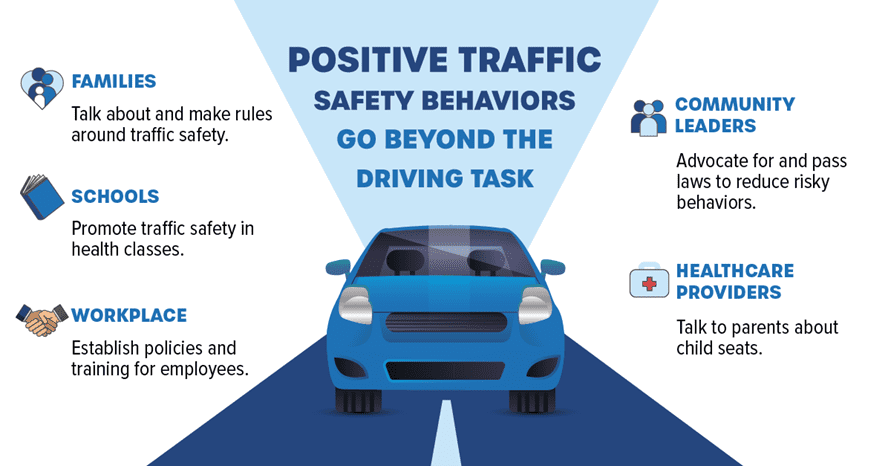Washington Traffic Deaths Reach 20-Year High
Traffic Safety Officials Call for Community Participation in Positive Traffic Safety Culture
OLYMPIA –Washington road deaths reached a 20-year high in 2021, with 663 fatalities. Preliminary data for 2022 indicate the trend in fatalities continues to increase, with more traffic deaths in the first quarter compared with the same timeframe last year. To reverse the trend, the Washington Traffic Safety Commission (WTSC) issued a call to action for residents to work together to reinforce safe behavior for all road users. To get the message out, the WTSC is launching one of its largest public education campaigns in its history this summer.
“The increase in deaths on our roads is tragic, but we all have the power to reverse the trend,” said Mark McKechnie, Director, External Relations for WTSC. “We can turn the tide and make this a safe summer. Most of us use roads safely, and we can also influence the smaller number of people who engage in risky behavior. Take an extra step and help someone close to you be safe, too. It’s as simple as reminding them to buckle their seat belt or put their phone away when they drive.”
The “Together We Get There” summer ad campaign promotes this community-based approach, known as “proactive traffic safety,” an evidence-based approach developed using the Positive Culture Framework created by Montana State University’s Center for Health and Safety Culture. Washington is a leader in applying this framework to traffic safety. The ad campaign is timed to coincide with the summer months June through August, three months which historically see higher traffic deaths than other times of the year. The campaign is running on social media, television and radio, video and audio streaming services, and community-based media outlets in English, Spanish, Chinese, Russian, Vietnamese, Tagalog, Korean, and Somali.
Reinforcing proactive traffic safety in the community is the key to saving lives, and the focal point of WTSC’s summer ad campaign
“Research shows that reinforcing safe behavior with someone you know can influence them to change,” said McKechnie. “Community involvement and a willingness to encourage others to be safe will save lives on our roads.”
Historically, traffic safety campaigns focused solely on individuals engaging in risky behaviors, primarily through enforcement. Community-based traffic safety culture enlists the support of the majority of safe road users to effectively encourage others to be safe.
“That’s why simple things we each can do will have a big impact in saving lives,” said McKechnie. “We drive distraction-free, put away mobile devices, and encourage others to do the same.
“We fasten our seat belts, and make sure friends and family are buckled up too.
“We drive sober. And if we use alcohol, cannabis or prescription drugs that impair our judgement or reaction time, we avoid driving and plan a safer way to get home. And we make sure friends and family do the same.”

The Utah Department of Public Safety deployed a similar proactive traffic safety culture approach in targeting counties in that state with the lowest seat belt use. Implementing a program that fostered widespread community involvement, Utah achieved a 20 percent average seat belt use increase from 2012-2019 in their target counties. Analyses showed that the change in behavior was more notable among those who had heard or seen media promoting the program.
“If we build a community of traffic safety around us, we can create the safe and fun summer we all deserve,” said McKechnie. “So, let’s watch out for kids playing ball in our neighborhoods, and our neighbors riding their bikes. We’ll slow down and give them space. Let’s all do the things we enjoy safely so everyone gets home each night. Then we can get up and have fun tomorrow, too.”
###

